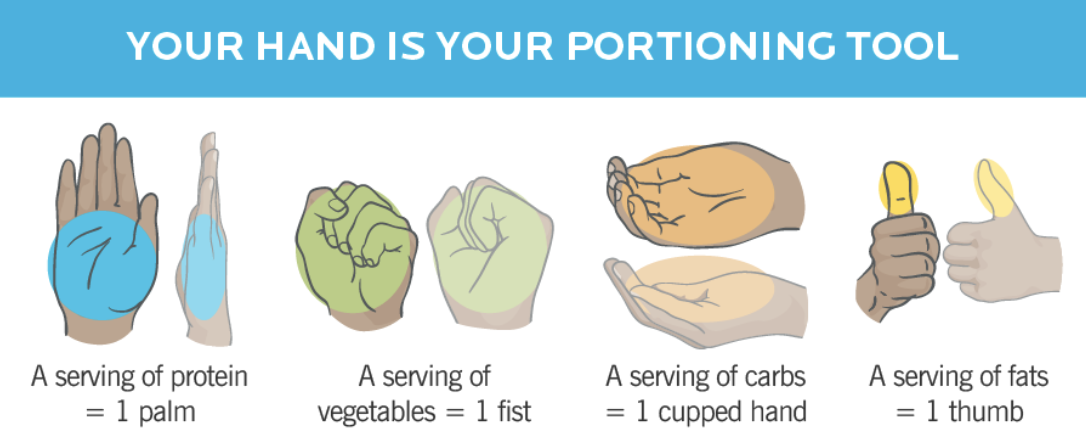Protein Intake for Muscle Loss Prevention
Last week I wrote about a condition called sarcopenia, which is age-related muscle loss. Sarcopenia is associated with increased risk of falls, disability, poor quality of life, and premature death. It’s preventable by eating the right amount of protein, getting enough vitamin D and omega fatty acids, and resistance training 2-3 times weekly.
Great illustration of MRI imaging of thighs demonstrating that if you don't use it, you lose your precious muscle (link to study below):
Today let’s explore more about protein intake and why it’s so important to eat the correct dosage daily.
Proteins are amino acid chains. Eight of those chains are essential, meaning we need to get them from food because our bodies don’t manufacture them.
Amino acids make up our muscle, connective tissue, neurotransmitters (chemical messengers), enzymes (aid in chemical reactions), immune system chemicals, and transport proteins (make our cells work better).
The basic daily requirement for sedentary (non-active) adults is 0.8g protein per kg of body weight.
However, because protein is involved in repair and rebuilding of tissues, hormones, and the immune system, you need more than the basic requirement if you are active, injured or sick, trying to lose weight, or losing protein for some other reason (like chronic stress or poor digestion).
The American College of Sport Medicine recommends 1.2-1.7g of protein per kg of body weight. I always recommend to aim for the higher amount as new studies show more protein may be better, upwards to 2g/ kg of body weight.
Most foods contain some level of amino acids (aka protein), even broccoli.
For example:
1 cup of broccoli has 3g of protein.
1 cup (140g) of chopped chicken breast has 40g of protein.
For a person weighting 150 pounds, they need to eat 82-116g of protein daily, which would add up to 38 cups of broccoli!
Common sources of protein rich foods:
4 oz of chicken 31g
4 oz of lean beef 24g
4 oz of salmon 23g
4 oz of tofu 9g
4 oz of black beans 6.7g
1 cup cottage cheese 25g
1 cup greek yogurt 10g
I weigh 128 pounds (58kg), daily I need 98g of protein. To make sure I eat enough, I use MyFitnessPal app to log all my food. Yup, I do this every day. If It Fits Your Macros (IIFYM) is a really flexible eating style that helps people lose weight or maintain their desired weight without feeling overly restricted. I find it’s a precise method to make sure I am getting the right balance of the three macro-nutrients: 45% carbohydrates, 30% protein, and 35% fat.
Logging your daily macros may not be something you want to do and I totally get that. Precision Nutrition (my nutritional coaching certification body) has a convenient method of using your hand. The palm of your hand is around 3-4oz of protein. If you can aim for 3 palm-sized portions of protein a day, plus a handy protein shake, you will definitely hit your protein target.
Eating enough protein has been proven to preserve our muscle mass, even as we age, and will help us stay strong and capable. The more muscle we have the higher our metabolism, which means we burn more calories throughout our day. Also, protein slows down digestion which helps feeling full for longer. It's a win-win! Next week I will explore how vitamin D and omega fatty acids preserve our precious lean muscle mass.
Precision Nutrition’s Hand Portioning Tool
Resources:
Tzeng, PL., Lin, CY., Lai, TF. et al. Daily lifestyle behaviors and risks of sarcopenia among older adults. Arch Public Health 78, 113 (2020). https://doi.org/10.1186/s13690-020-00498-9
Wroblewski AP, Amati F, Smiley MA, Goodpaster B, Wright V. Chronic exercise preserves lean muscle mass in masters athletes. Phys Sportsmed. 2011 Sep;39(3):172-8. doi: 10.3810/psm.2011.09.1933. PMID: 22030953.
https://www.precisionnutrition.com/hand-portion-faq



